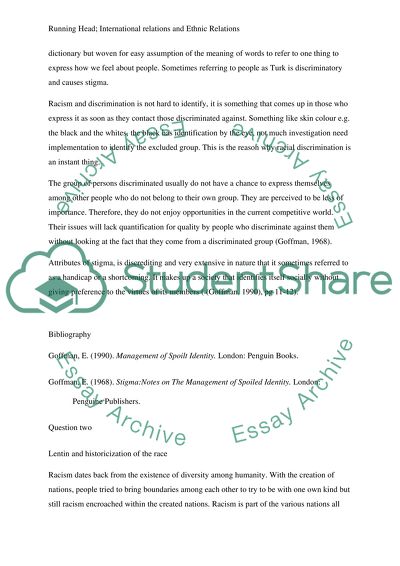Cite this document
(“International Migration and Ethnic Relations Coursework”, n.d.)
International Migration and Ethnic Relations Coursework. Retrieved from https://studentshare.org/geography/1399220-international-migration-and-ethnic-relations
International Migration and Ethnic Relations Coursework. Retrieved from https://studentshare.org/geography/1399220-international-migration-and-ethnic-relations
(International Migration and Ethnic Relations Coursework)
International Migration and Ethnic Relations Coursework. https://studentshare.org/geography/1399220-international-migration-and-ethnic-relations.
International Migration and Ethnic Relations Coursework. https://studentshare.org/geography/1399220-international-migration-and-ethnic-relations.
“International Migration and Ethnic Relations Coursework”, n.d. https://studentshare.org/geography/1399220-international-migration-and-ethnic-relations.


